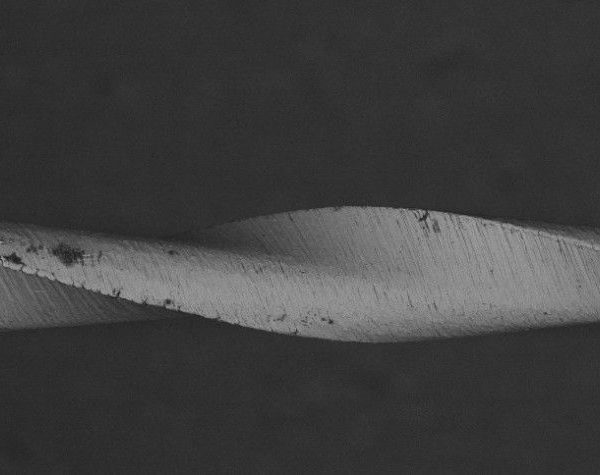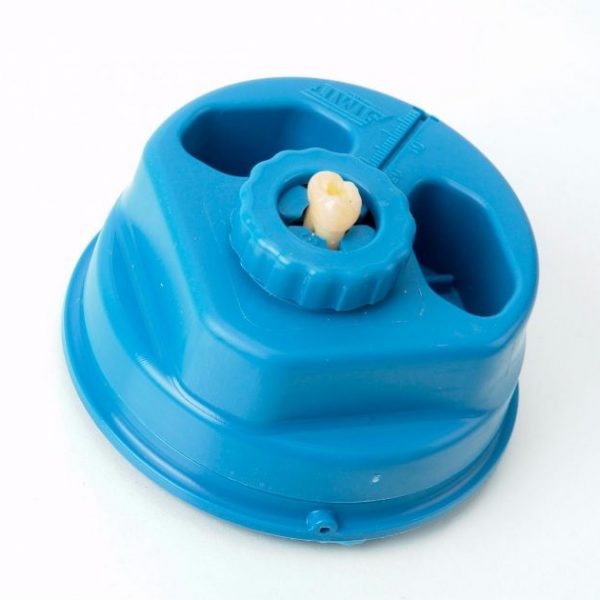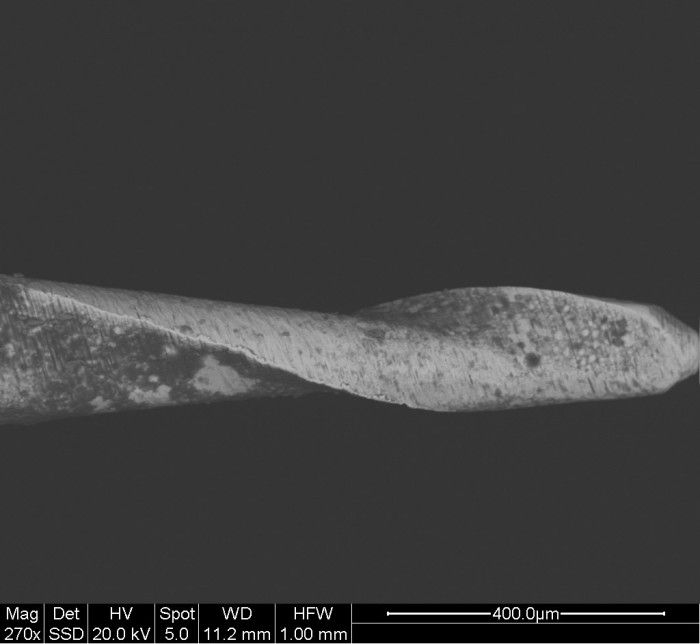
Should Rotary Files be used once? Part 2
31/03/2017
The Community
Warning: Undefined variable $post in /var/www/vhosts/styleitaliano-endodontics.org/endodontics.styleitaliano.org/wp-content/plugins/oxygen/component-framework/components/classes/code-block.class.php(133) : eval()'d code on line 2
Warning: Attempt to read property "ID" on null in /var/www/vhosts/styleitaliano-endodontics.org/endodontics.styleitaliano.org/wp-content/plugins/oxygen/component-framework/components/classes/code-block.class.php(133) : eval()'d code on line 2
This article is the second part of our review to determine if rotary files should only be used once. In our first article looking at the mechanical properties of rotary files, it was determined that:
Surface changes are seen on a microscopic level after a few uses or after several sterilization cycles, but that these changes did not influence the clinical cutting efficiency of rotary files.
Cyclic fatigue resistance will diminish with multiple uses, but files seem to be able to withstand use in 4 to 9 cases. Sterilization seems to actually help the cyclic fatigue resistance.
Sterilization has no effect on torsional fracture resistance, but data is not clear on multiple uses. So, smaller files might need to be discarded faster than larger ones. Sterilization has no effect on torsional fracture resistance.
We will now look at the microbiological implications of reusing endodontic rotary files and the risk of cross-contamination. First, the efficacy of cleaning methods on rotary files will be addressed. Second, we will look at studies on sterilization effectiveness. Third, the Literature on the possibility of prion infection on rotary instruments will be investigated. Last, we will quickly look at the legal aspects of reusing rotary files in different parts of the world.
Debris is obviously left on endodontic files after use: it generally consists of dentin shavings, remaining pulp tissue, bacteria and, possibly, endodontic materials previously used for obturation, in cases of retreatment. There is more material left on rotary files than on hand files (1). This kind of debris can be hard to remove due to the complex shape of rotary endodontic files. The flutes are small spaces were material can be protected from our cleaning procedures, especially in smaller files (2). Regular sterilization methods, dry heat sterilizer and steam sterilizer, were not able to kill all bacteria on used endodontic files (3). These files were just wiped or brushed and were not subjected to an ultrasonic bath before the sterilization cycle. The authors believe that remaining debris was the reason for this persistent contamination. Because of this important point, the elimination of this infected material has been studied extensively. Removing the debris right away after instrumentation was important as it seems that dry storage before cleaning or autoclaving with debris present reduced cleaning effectiveness (4). Mechanical and chemical methods have been used with poor results (5) It seems that the best method was the one that included mechanical, chemical and ultrasonic cleaning of instruments, but even that left some files with material on them (5,6). So, an ultrasonic bath seems very important to remove the debris left on the files. The optimum time for ultrasonic cleaning was between 5 and 10 min in 2 different articles (6,7). Unfortunately, pre-soaking the files before the ultrasonic bath did not improve its efficacy (6). The way the files are packaged in the ultrasonic bath also makes a difference (7). A 5-minute ultrasonic bath cleaned 98% of the file surface of debris if the files were loose in the bath. If the files were in a perforated metal container, only about 80% of the surface was cleaned. One adjunct to the ultrasonic bath could be cleaning foam: nanostructured foam cleaner was found to help in the cleaning of rotary files of debris, especially those with complex cross-section (8). Using a washer disinfector did not improve the debris removal compared to an ultrasonic bath (9, 10). One study claims to have found a way to render endodontic files free of debris in 100% of the files studied (11). The authors are describing a protocol, out of 23 different protocols tested, consisting of 10 vigorous strokes in a scouring sponge soaked in 0.2% chlorhexidine solution, a 30-minute pre-soak in an enzymatic cleaning solution, 15 minutes ultrasonication in the same solution, and a 20 second rinse in running tap water. These recommendations are in contrast with two previously mentioned articles were an ultrasonic bath of more than 10 minutes did not help (6-7) and were pre-soaking was inefficient (6). It must be repeated that 100% efficiency was not seen in these two articles.
To resume, it is possible to render files completely cleaned of debris but with an elaborate process including 4 steps and 2 chemicals. An ultrasonic bath can be used by itself but will leave about 5-10 files uncleaned.
Can the used files be made sterile with or without debris on their surface? Like previously mentioned if no ultrasonic bath was done, two common sterilization method were not able to sterilize files all the time in one study (3). A different group found the opposite, clean and contaminated files were rendered sterile after steam or chemical sterilization (12). That last study used files contaminated with only one type of bacteria, which might be the reason its sterilization methods were more efficient. Other studies did have similar results; Van Eldik et al. found that steam sterilization eliminated all bacteria from the endodontic files irrespective of the presence of biological debris (1). The files did get an ultrasonic bath before sterilization. Another study showed that the endodontic files and burs sterilized by autoclaving or by a 12-hour immersion in glutaraldehyde 2.4% presented complete sterilization (13). In the same study, glass-bead sterilizer had unsatisfactory results; results that were corroborated by many researches (14, 15). Files should not be sterilized in sponges as the literature has conflicting results on the possibility of achieving complete sterilization that way, one study said it was appropriate (16), while two other found it was not (17, 18). Last, the possible debris left under the rubber stopper will be sterilize, so there is no need to remove the stopper before (19).
It seems that it is possible to sterilize files even if some debris are left on them, as long as the files were subjected to an ultrasonic bath before. This conclusion can be worrisome considering the results of a 2009 survey amongst American endodontists that revealed that more than 50% of them used their rotary files more than once (20). Unfortunately, only 57% of them used an ultrasonic bath before sterilization.
Laboratory cultures and microscopic evaluation can confirm sterilization of files against bacteria. Unfortunately, prion contamination is more difficult to assess. Prion proteins are infectious elements lacking nucleic acid that can be responsible for a group of diseases of the neural system, transmissible spongiform encephalopathies. The most common one being Creutzfeldt-Jakob disease (CJD), also known as the human variant of mad-cow disease. These diseases are extremely rare but are always fatal. An extensive review article was written in 2008 about prions and dentistry (21), while a recent one, found for free on the internet, resumes it more (22). Prions are extremely difficult to neutralize and are resistant to common dental sterilization methods (23). The prions reside mostly in neural cells and could potentially be present in dental pulp of infected patients. Two studies analyzed dental pulp of patients with CJD. Although the test used was not the most sensitive one, no prions could be detected in 10 mg of dental pulp tissue while prions could be found in 0.01 mg of brain tissue from the same patients in one article (23). The same absence of prions was seen in the second study (24). The one method that could be used to eliminate prions from dental instruments, was unfortunately found to cause corrosion on endodontic rotary files (26).
There is no proof that prions can be present in dental pulp and that cross-contamination could occur by using the same endodontic file twice. On the other hand, there is a general lack of knowledge on prions and the risk of cross-contamination cannot be eliminated. For this reason, many governing bodies have published recommendations when treating patients with CJD. Here are the American centers for disease control and prevention (CDC) guidelines on endodontic instruments when treating a patient know to be infected with prions:
Consider items that are difficult to clean (e.g., endodontic files, broaches, carbide and diamond burs) as single-use, disposable and discard after one use.
Depending of the country where the dentist practice, the possibility of reusing endodontic files might be regulated by the health national organizations. The CDC, WHO, and British and German national organizations consider that endodontic instruments should be used only once. The American Dental Association (ADA), the American Association of Endodontists (AAE) and the Canadian Dental Association have not issued a policy on this subject. The Government of Alberta province in Canada has a rule that prevent health professionals to reuse instruments marked as single-use by the manufacturers. The Australian regulatory bodies consider no risk in the reuse of endodontic instruments. The England Chief Dental Officers have published guidelines that promotes the single use of endodontic reamers and files.
After reviewing the available English scientific Literature on endodontic rotary files usage, it seems that, again, more research will be needed to assess the safety of reusing these instruments. Looking at physical properties, it looks as if it is possible, but regarding the risk of cross-contamination, the jury is not out yet. Bacteria elimination can be done, but the rare case of prion infection could be a problem. On the other hand, the only problem stopping the dentist from using file only once is price. That last notion has different meaning for practitioners and population in different part of the world. This is an issue for a different forum, where dental practitioners, governments, manufacturers and patients need to be heard.
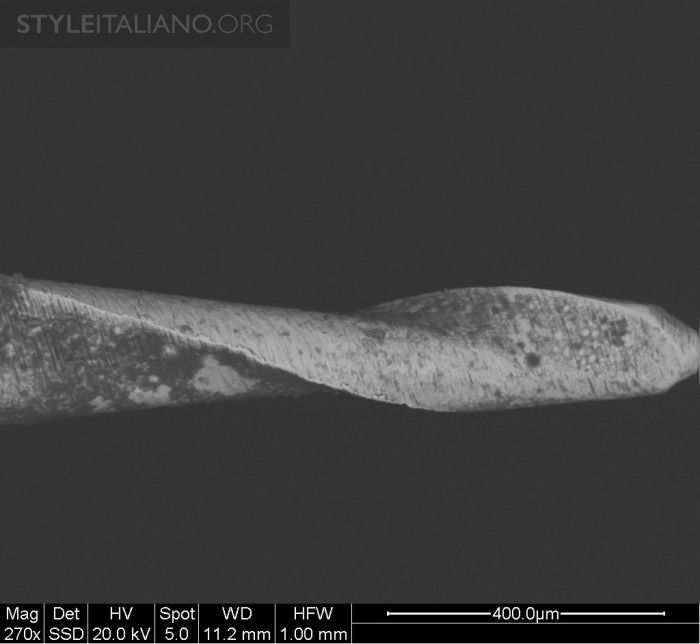
Fig. 1
Biological debris on sterilized file. Courtesy Dr. Paolo Generali & Dr. Luigi Generali
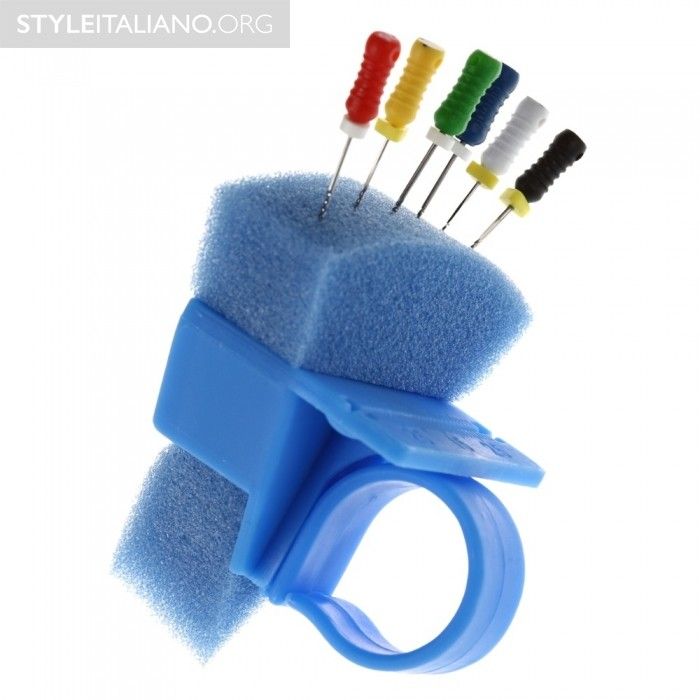
Fig. 2
Sponge should not be used for sterilization.
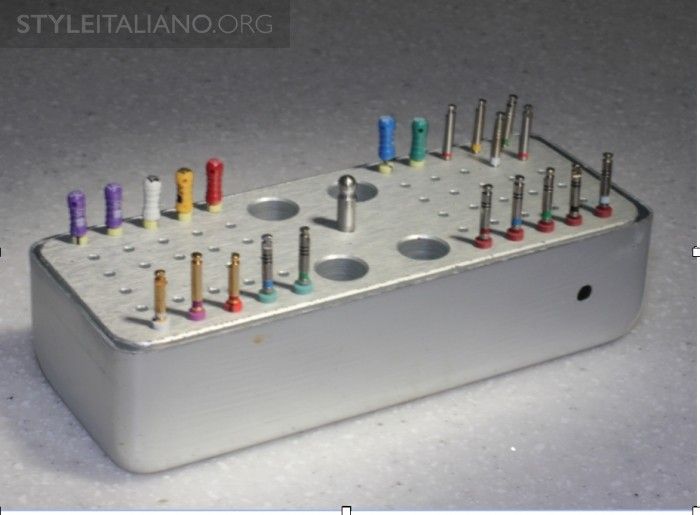
Fig. 3
A metal box with opening for file sterilization

